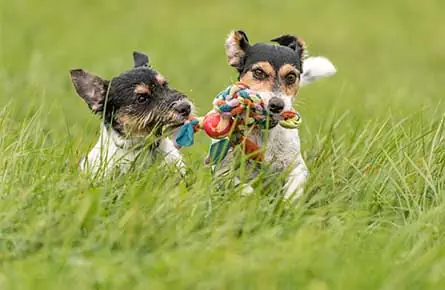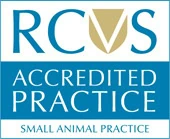Here at Boundary Vets, we understand that your pet’s oral health is just as important as any other routine preventative treatment. Like humans, pets can develop a build-up of tartar, leading to tooth decay and gum disease. Brushing your pet’s teeth once or twice a day is the best option for good sental hygiene.

Signs of poor dental health in pets
- Bad breath (halitosis)
- Visible tartar build-up on teeth (brown colouration on surface of teeth)
- Red or inflamed gums (gingivitis)
- Discoloured teeth
- Loose teeth
Signs of severe dental disease in pets
- Drooling
- Bleeding from the mouth
- Slowness or reluctance to eat
- Chewing on one side of the mouth
- Dropping food from the mouth when eating
- Swelling around the mouth
We are happy to answer any questions you may have, as well as advising you on the recommended products or dental diets for your pet. Contact your nearest Boundary Vets in Abingdon for a consultation.
Dental Assessment Procedure
This procedure will include:
- 1 hour of general anaesthetic
- Full mouth examination
- Dental scale and polish
- Dental charting and dental x-ray if necessary*
The cost of dental state 1 for cats and dogs under 20kg £299
For dogs over 20kg £329
*extra charge for dogs
________________________________________
Dental Extraction Procedure
This procedure will include:
- 1 hour of general anaesthetic (any extra will be charge per additional 30 minutes)
- All extraction will be charged per tooth








